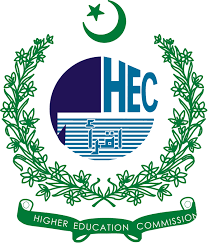مکتوب نگاری اور اُردو زبان میں اس کا آغاز و ارتقا
Abstract
Communication between two or more people is a social need and when it is not possible to communicate directly, people use writing to share their ideas and thoughts. This practice is known as letter writing or epistling. Epistling is a part of literature and by virtue of its qualities, the scholars have regarded it as one of the most delicate, intricate and noble arts. Like other forms of human communication, epistling also have many types and they have been of great importance for different nations and societies throughout history.
With the arrival of Muslims in the sub-continent a new, communal and popular language, Urdu, was introduced and its initial written samples trace back to 15th century AD. Although Urdu epistling started developing with the development in the language itself, but in the initial stages it had a profound impression of Persian language on it. The transitional period of British rule also brought changes to Urdu epistling. In the middle of the nineteenth century, Urdu writing entered a new and important period. This article discusses the style of simplicity in Urdu letter writing which was introduced by Ghulam Ghous Bekhabar (1840-1905) and Rajab Ali Sarwar (1782-1867) and ranked to perfection by Mirza Ghalib.
Noor e Tahqeeq, LGU is fully open access and licensed under Creative Commons Attribution 4.0 International License.
CC BY: This license allows reusers to distribute, remix, adapt, and build upon the material in any medium or format, so long as attribution is given to the creator. The license allows for commercial use.
CC BY includes the following elements: BY – Credit must be given to the creator
Noor eTahqeeq allows the authors to retain copyright under the CC-BY license. However, authors have to sign a form agreeing to the publication of their article under the CC-BY license.








